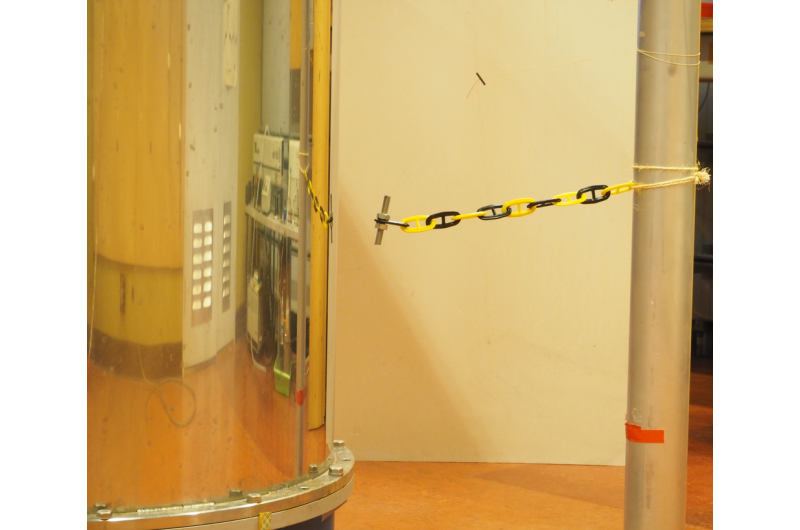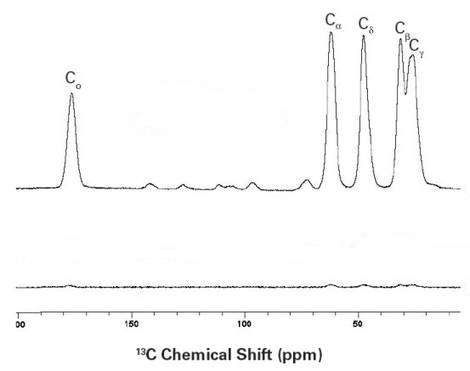Mechanism MRI amplifying agents explored

Special amplifying agents can make MRI scanners and NMR techniques hundreds of times more sensitive. Leiden physicists have now found a method to test their efficiency. More sensitive MRI scans could for example improve our understanding of cystic fibrosis or Parkinson's disease.
MRI scanners are a useful tool for medical doctors to look inside the human body. It allows them for example to easily check for torn ankle ligaments or study lungs by having patients breath in xenon gas, while xenon is clearly visible on the scan. Sometimes however, the defect is so well hidden that the MRI scanner is not sensitive enough.
Mysterious collaboration
Leiden physicists research amplifying agents, which increase the sensitivity of MRI scans and NMR, with a method called dynamic nuclear polarization (DNP). Those agents collaborate with the substance that is actually scanned—like xenon—but how this happens exactly is still very unclear. Dr. Martina Huber and her research group have now developed a method to explore this mysterious collaboration. 'Nowadays scientists look for new DNP agents through trial-and-error,' says Huber. 'With our new method we can start to understand how agents work, and then we can eventually make much better predictions on which substances would be good agents.'
EPR
To research DNP agents at the molecular level, Huber studies them with extreme high-field Electron Paramagnetic Resonance (EPR). With MRI itself they are of course invisible; otherwise they would cause noise instead of being a utility. To test their method, the researchers characterized the agent AMUPol, and published the results together with Prof. Marc Baldus' group (Utrecht University) in the journal PCCP.

Rare proteins
MRI scans with a hundred times more sensitivity could for example detect rare proteins in the human body, enabling scientists to better understand why they stop functioning in patients with cystic fibrosis, Parkinson's, amyloidosis or Alzheimer's. The DNP method already proved to be highly successful by exposing many details in solid state physics NMR research.
More information: P. Gast, D. Mance, E. Zurlo, K. L. Ivanov, M. Baldus and M. Huber, 'A tailored multi-frequency EPR approach to accurately determine the magnetic resonance parameters of dynamic nuclear polarization agents: application to AMUPol', PCCP, 2017.
Provided by Leiden Institute of Physics



















